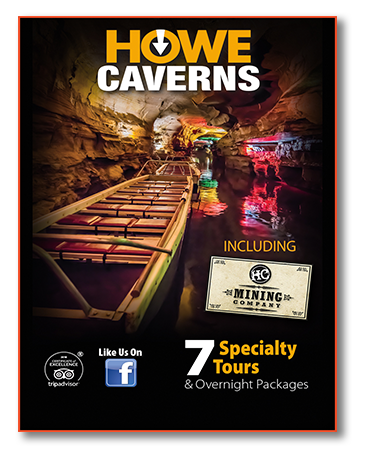Here in Schoharie County, legend had it that on the hottest of days, a cool breeze came from “Blowing Rock,” a strange stony ledge. No one knew where it was precisely as the 19th century began. There were tales, though, from the early 1700s in which the Native Americans spoke of “Otsgaragee,” translated as “Cave of the Great Galleries” or “Great Valley Cave”.
It was near this “Blowing Rock” that Lester Howe, his wife Lucinda (Rowley) Howe, and their children – Huldah Ann, Harriet Elgiva and Halsey John — settled.
On his farm in the valley east of Cobleskill, Lester Howe found fascination with the story of the “Blowing Rock,” with reports placing its location about 10 miles west of the Schoharie River, on or near his property.
One story says the alert farmer noticed that his dairy herd always pastured in the same spot, not on his land, but land owned by his neighbor and friend, Henry Wetsel.
As Howe approached his herd, he noticed the change in temperature. It was getting cooler. Slowly and carefully, he pulled aside the bushes. Lester Howe had found “Blowing Rock,” giving credit for the discovery to his cow, Millicent.
There is a second, lesser-known story about the discovery. It tells that Lester Howe was on a fox hunt when he discovered the cave. With Howe pursuing a fox, the fox escaped into a hole in the rock. Howe followed after the creature, and was attracted by the strong cold draft that came from the rock. He decided follow the fox and, after crawling a short distance, he found a large opening inside the rock.
Rather than search for the fox, Howe set about the work of exploring mile after mile of this new, underground world. The first time he entered the cave, he did so on his hands and knees. He went as far as he could without losing sight of the daylight.
When he returned, he explored a bit farther and found the damp walls were covered with bats, with hundreds of them circling in the air. Far in the distance he heard rushing water.


